Tiffany Antone & Jen Huszcza have a chat (via email)
This is Part II of a three-part conversation playwright Jen Huszcza and I had about Little Black Dress INK’s ONSTAGE Project festival. I want to thank Jen for conceiving of and initiating this conversation, and for getting it into readable shape!
You can read Part I here.
Like you, I think visually and physically. When I first started writing plays, I would have long specific stage directions and visuals. I have since found ways to be precise and clear about what the audience sees. It takes a lot of work to be lean and simple.
In the festivals, I have been fortunate to have Cason as a director and collaborator. He embraces the visual too and does not shy away from directness. I was so glad to hear he took on THIS which is a difficult three page monologue.
Something I have learned about writing short pieces is to keep the staging and set very simple. It will be part of an evening, and folks will have to change sets around. Couches are heavy. A table and chairs usually requires two or three people to bring it in. I also have done a lot staged readings, and somehow I’m the one who has to go three Goodwill stores to not find that elusive prop. Such treasure hunts stopped being fun for me after awhile.
That said, my first play that you all did, RINSE, had a lot of water flying around the stage, and after it was over, it looked like the whole crew had to get on the stage and wipe it down with towels. The crew got some well-deserved applause. RINSE is a play about water torture, so I think the audience needed something to applaud after the bleakness.
Something I never forget as a playwright is that plays happen on a stage. Where are plays set? On a stage. That stage could be a prison or a garden, but it’s still a stage. A few years ago, I went to the Globe Theatre in London and realized Shakespeare was an extremely practical playwright. Sure, he had the Elizabethan ear for language to play with, but he knew what his stage looked like. He didn’t need a lot to be epic.
So I’m wondering if you could talk about the practicalities of producing short play evenings. You had talked about THREE LESSONS IN LIVING with its multiple settings. How much are you thinking about how many plays need a couch or there will be a lot of popped balloon parts on the stage after this play? Also, casting. Obviously a ten minute play should not have a cast of thousands.
TIFFANY:
I have to answer this with two contradictory statements: First, I am always considering production needs because, as you pointed out, they are SO important to consider in a festival. When you’re producing 10-12 short plays, props/set/costume/furniture needs can make or break your plans to produce multiple pieces. Then there is the issue of time. In addition to the “Can we afford to buy/rent a large chicken costume?” type questions, I also have to ask “Can we afford the time it will take to strike/set this beast of a creative play amidst our line-up?” Sometimes the answer to one contradicts the other… and sometimes we produce the thing anyway – as was the case with your play RINSE, which is a great example because the show itself was super compelling and I just knew we had to produce it! I also knew the clean up was going to be a bitch, haha. But obviously, the merit of the play, and the unique and very thrilling nature of the play, along with its theatricality (which I personally am a sucker for), won out against practicality. What I couldn’t have anticipated however was how the clean-up itself became a performance. Cason even added in some music – I think it was Rise of the Valkeryries, or something similar – and it just worked!
And then there are those times when – in weighing what the play requires against what I can reasonably provide – I have to let the piece go. This year, we had a very powerful monologue submitted by playwright Anne Dimock, called SEÑOR ADRIA that I would have loved to produce! The piece didn’t have unreasonable requirements, but it did demand an actress who could dance several different Latin dances – either with her IV stand or the imagined Latin lover she speaks of as she receives chemotherapy onstage. In addition to an actress who could deliver the piece while dancing, I needed a director who could choreograph the piece… and I just couldn’t find the right team to handle the piece, so I had to let it go… not because it was overly demanding, but because I felt we wouldn’t be able to honor the piece in our production. That was a hard decision, and one in which I really felt torn, but ultimately I think I made the right choice because I wouldn’t have been serving the playwright to include it without the people in place to bring it to realization.
Casting is also something I consider, but mostly because 10-minute plays with huge casts rarely take us on a complete journey. And when I say “huge” I mean any cast over 6 for a 10-minute play is pushing it. Of course, there are always exceptions… sometimes the style or story are perfect for bigger casts. So, cast size is generally the last thing I worry about. Especially because we’re doing a festival and there are often quite a few actors involved, so I usually have plenty of actors to work with if a piece with a big cast is awesome and we want to produce it.
JEN:
Jumping back to RINSE for a second: a big part of my theatrical aesthetic has always been the idea of mess. I like making a mess on stage. It can be a physical mess or psychic mess, but the stage is a great place to explore mess. Dionysian excess (and the basis of western dramatic writing is Greek tragedy) leads to mess and destruction, and what comes out of that mess and destruction is fascinating to me. In my life, I like order and neatness (I was one of those kids who didn’t get her white shorts dirty on camping trips), but in the theatre writing, I like to tear it all apart and see what falls out.
When Sara Israel sent me your plays, I saw this in your work as well. You tore your plays apart in such a uniquely visual way that I wanted to read more.
Check back later this week for Part III and an exciting announcement about this year’s fest!

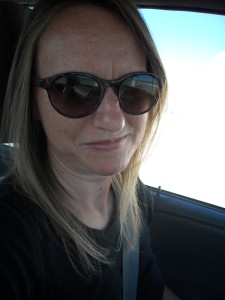
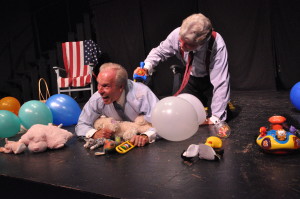
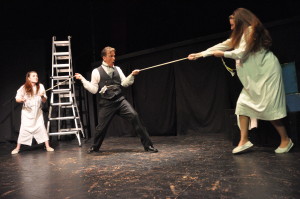
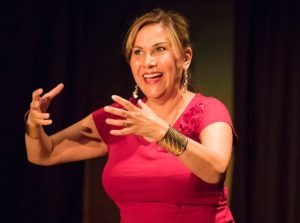

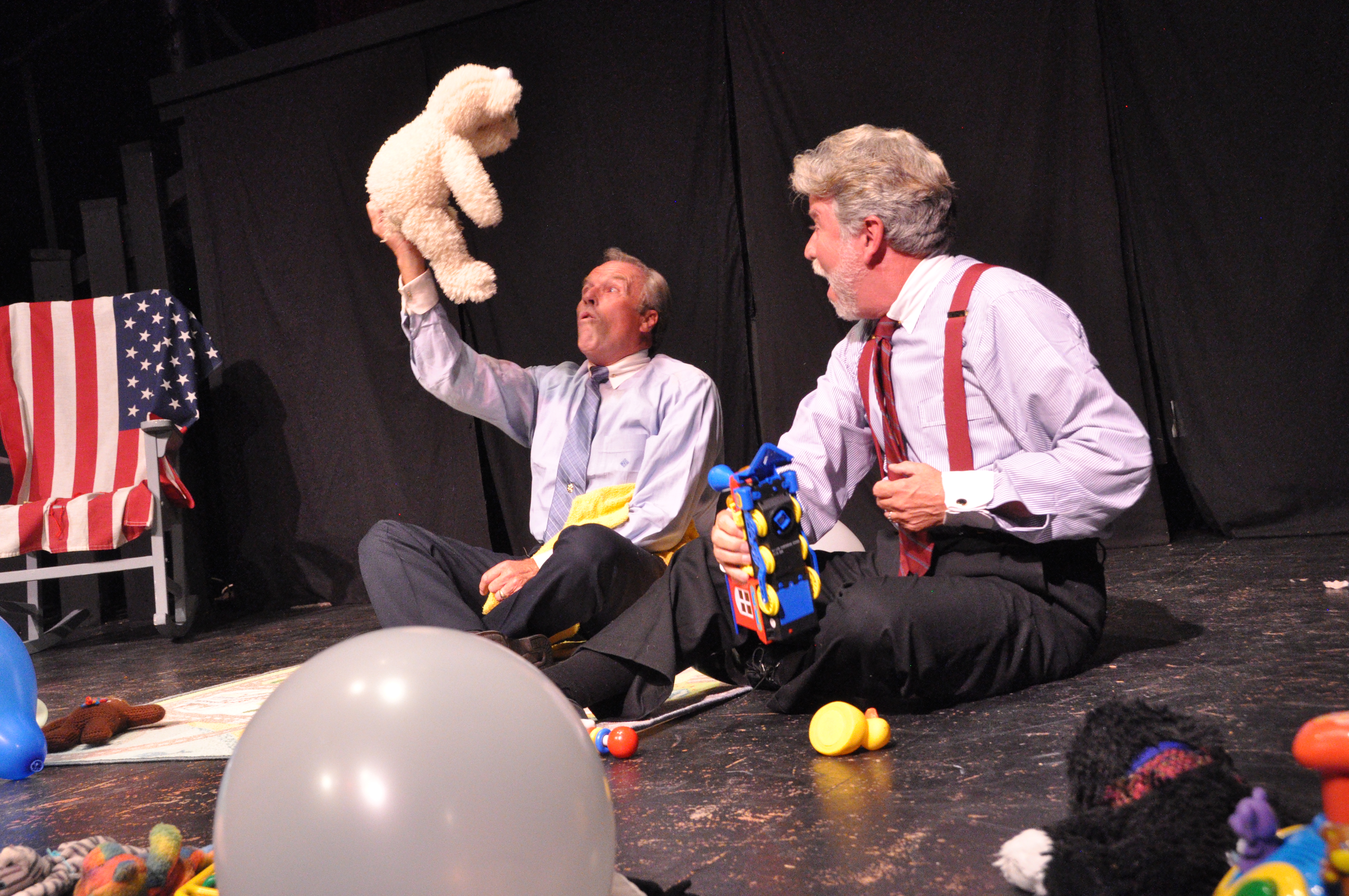
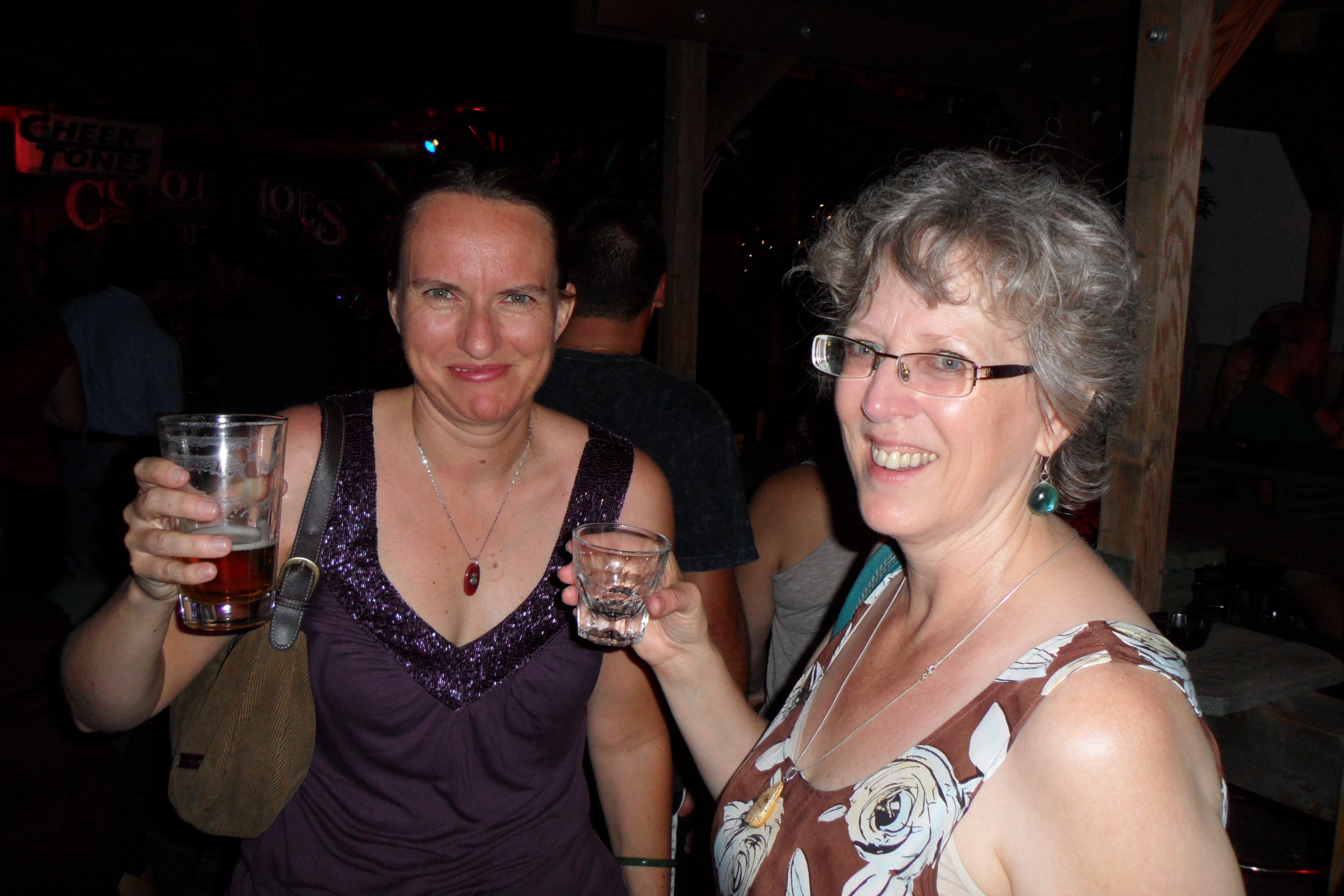
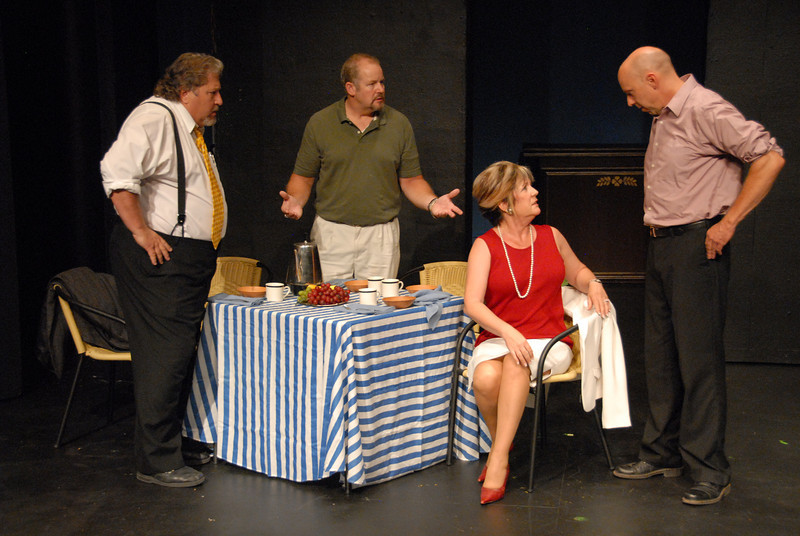
One Response to Part II: Producer Talks With Playwright/Playwright Talks With Producer